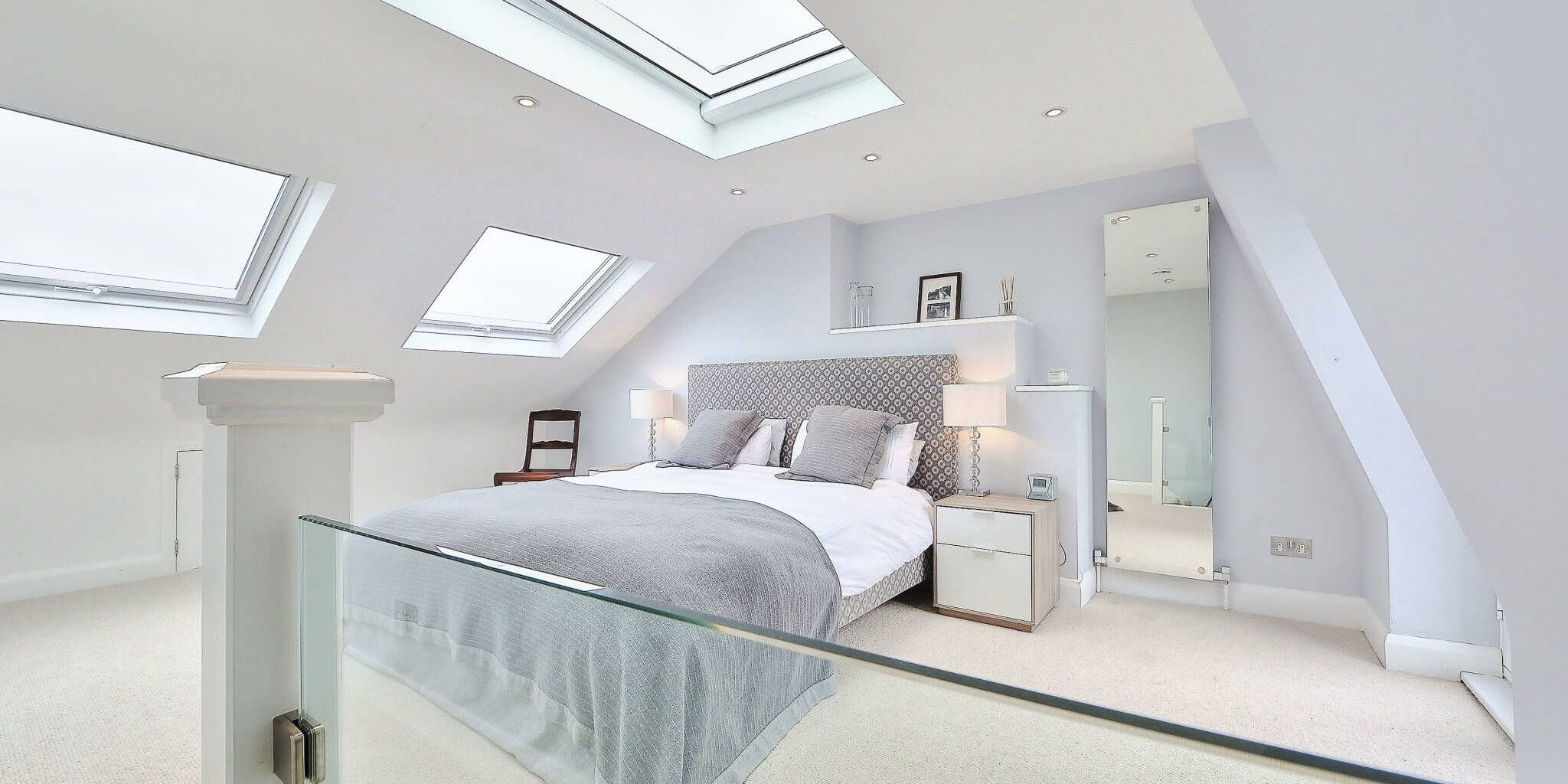

A Hip to Gable Loft Conversion is when the sloping side of the roof (hip) is extended vertically from the ridgeline to create a gable and a Rear Dormer is formed to the rear of the property. This type of Loft Conversion maximises floor space and head space and is one of the most popular loft conversions across London. This is suited to most semi-detached or end-of-terraced properties that have an existing hipped roof.
Hip-to-gable Loft Conversions provides excellent additional space to your property. This space can be used to add a master bedroom with an en-suite, an additional bedroom for a growing family or an office too.

If you would like to discuss the ways in which a Loft Conversion could enhance your home, call us on 0208 1020 675 or email to ask us any questions. For a free site survey and design consultation please fill out the form on the right and our team will get back to you as quickly as possible.